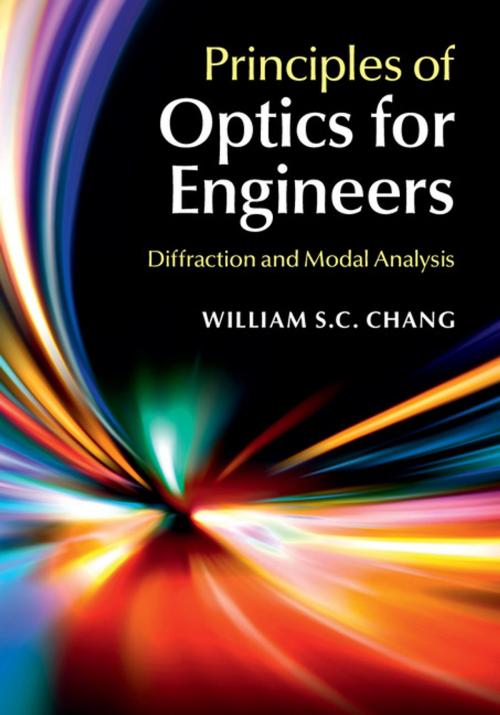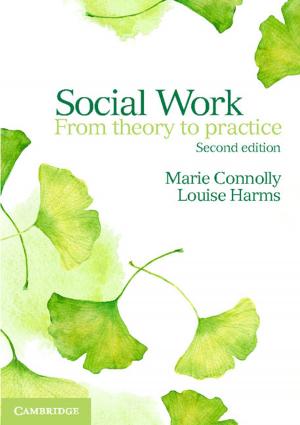Principles of Optics for Engineers
Diffraction and Modal Analysis
Nonfiction, Science & Nature, Technology, Electronics, Optoelectronics, Optics| Author: | William S. C. Chang | ISBN: | 9781316430101 |
| Publisher: | Cambridge University Press | Publication: | May 28, 2015 |
| Imprint: | Cambridge University Press | Language: | English |
| Author: | William S. C. Chang |
| ISBN: | 9781316430101 |
| Publisher: | Cambridge University Press |
| Publication: | May 28, 2015 |
| Imprint: | Cambridge University Press |
| Language: | English |
Uniting classical and modern photonics approaches by presenting optical analyses as solutions of Maxwell's equations, this unique book enables students and practising engineers to fully understand the similarities and differences between the different methods. The book begins with a thorough discussion of plane wave analysis, which provides a clear understanding of optics without considering boundary condition or device configuration. It then goes on to cover diffraction analysis of many applications, including a rigorous analysis of TEM waves using Maxwell's equations with boundaries. Laser cavity modes and Gaussian beams are presented, modal analysis is covered, and approximation methods are discussed (including the perturbation technique, coupled mode analysis, and super mode analysis). With theory linked to practical examples throughout, it provides a clear understanding of the interplay between plane wave, diffraction and modal analysis, and how the different techniques can be applied to various areas including imaging, signal processing, and optoelectronic devices.
Uniting classical and modern photonics approaches by presenting optical analyses as solutions of Maxwell's equations, this unique book enables students and practising engineers to fully understand the similarities and differences between the different methods. The book begins with a thorough discussion of plane wave analysis, which provides a clear understanding of optics without considering boundary condition or device configuration. It then goes on to cover diffraction analysis of many applications, including a rigorous analysis of TEM waves using Maxwell's equations with boundaries. Laser cavity modes and Gaussian beams are presented, modal analysis is covered, and approximation methods are discussed (including the perturbation technique, coupled mode analysis, and super mode analysis). With theory linked to practical examples throughout, it provides a clear understanding of the interplay between plane wave, diffraction and modal analysis, and how the different techniques can be applied to various areas including imaging, signal processing, and optoelectronic devices.















